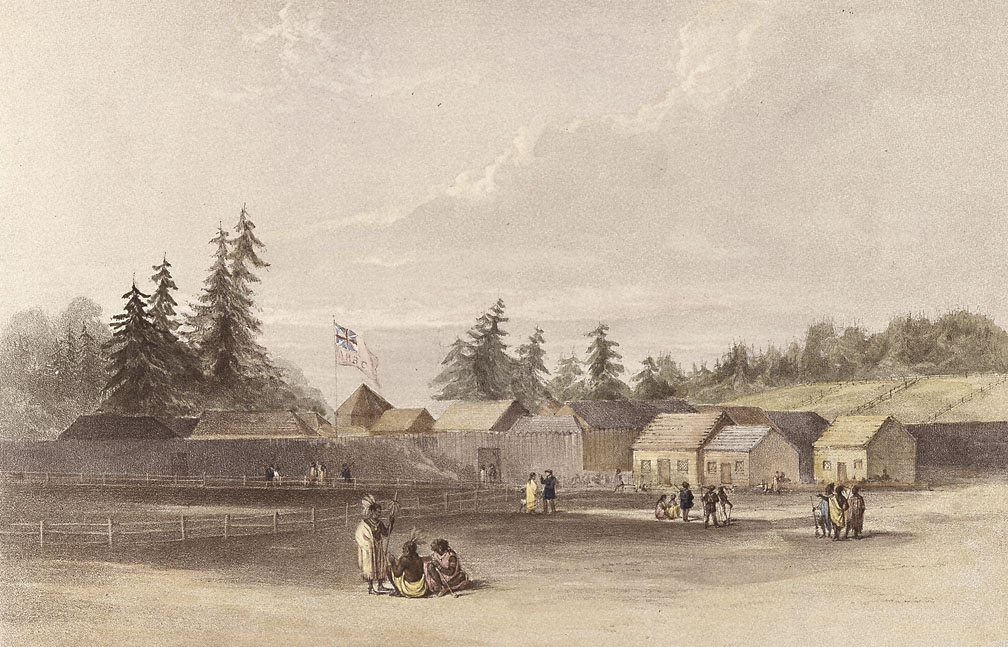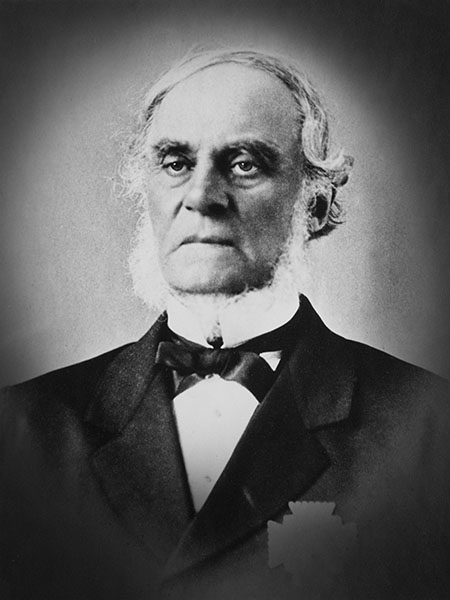explore fort vancouver
James Douglas
Serving as McLoughlin's apprentice, Douglas later became Chief Factor after McLoughlin's departure in 1845. He oversaw the HBC's withdrawal from Fort Vancouver following the Oregon Treaty of 1846. Douglas later became the Governor of Vancouver Island and British Columbia.
James Douglas, a significant figure in the history of the Pacific Northwest and British Columbia, served as Chief Factor at Fort Vancouver following the departure of Dr. John McLoughlin. His role at the fort and his subsequent career as governor of British Columbia made him a central figure in the region's development.
At The Fort
Born in 1803 in British Guiana to a Scottish father and a Creole mother, Douglas joined the North West Company at a young age, later transitioning to the Hudson's Bay Company (HBC) after a merger in 1821. He was stationed at Fort Vancouver in 1830, where he apprenticed under McLoughlin, learning the intricacies of the fur trade.
Douglas ascended to the role of Chief Factor of Fort Vancouver in 1845 amidst the escalating Oregon Boundary Dispute between Britain and the United States. When the dispute was resolved by the Oregon Treaty in 1846, ceding the territory to the United States, Douglas oversaw the HBC's withdrawal from the fort. Under his direction, the HBC moved its base of operations north to Vancouver Island.
In 1851, Douglas was appointed Governor of Vancouver Island, and in 1858, he also became Governor of the newly formed colony of British Columbia. As governor, Douglas faced several challenges, including managing the Fraser Gold Rush and navigating relations with local indigenous populations.
Throughout his tenure at Fort Vancouver and later as governor, Douglas was known for his pragmatic approach to governance and his ability to adapt to changing circumstances. His efforts played a crucial role in shaping the future of the Pacific Northwest and laid the foundation for the British Columbia we know today.
Douglas retired in 1864 and passed away in 1877, leaving behind a legacy that remains an integral part of the region's history. Today, his contributions are recognized through several monuments and place names throughout British Columbia.

The Hudsons's Bay Company
Founded in 1670, the Hudson's Bay Company (HBC) is one of the oldest existing corporations in the world. Originally established by English merchants under a royal charter from King Charles II, HBC initially focused on the fur trade, operating an extensive network of trading posts across North America. The vast area over which they traded and conducted operations, known as Rupert's Land, comprised much of what is now Canada.

Key Events At The Fort
Establishment by the Hudson's Bay Company (1824): Fort Vancouver was established by the British Hudson's Bay Company as a fur trading post and the administrative center of the company's Columbia Department. Its location along the Columbia River made it a strategic hub for the lucrative fur trade and a center for agricultural production.

People At The Fort
Fort Vancouver in Vancouver, Washington, has a rich history and served as a key location for many influential individuals throughout its existence. Including dr. John McLaughlin, James Douglas, George Simpson, Peter Skene Ogden, Major John S. Hatheway, Ulysses S. Grant, General O. O. Howard, and Geroge C. Marshall.

